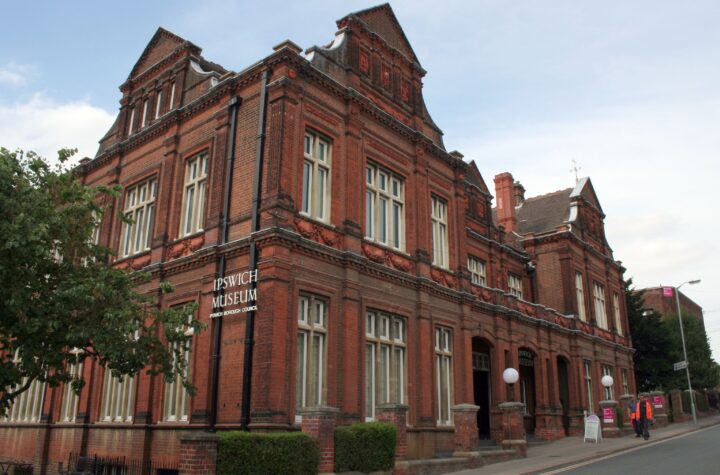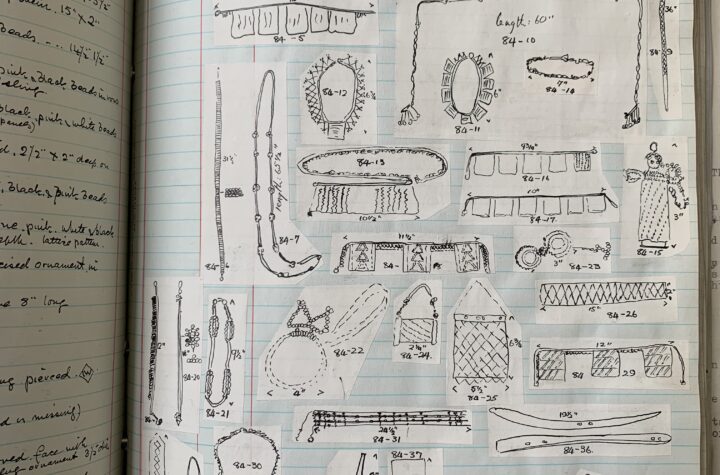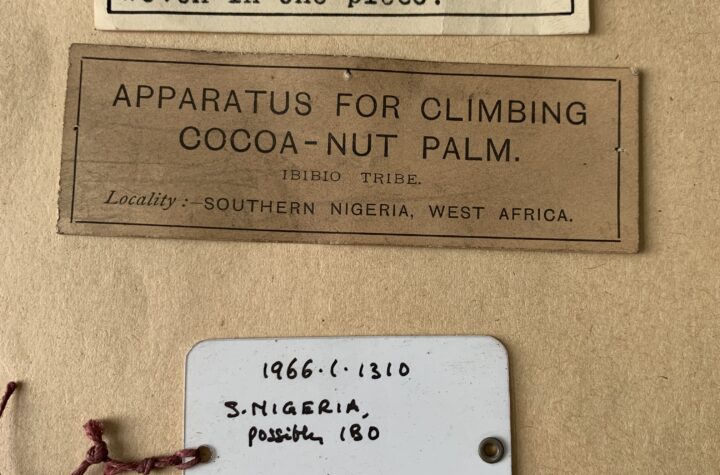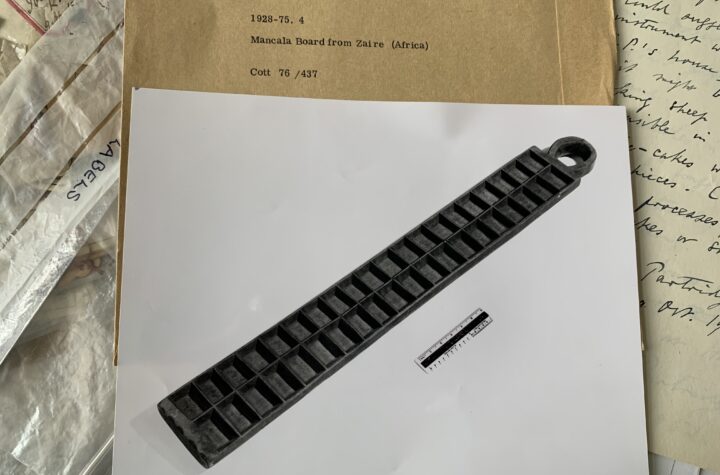Ipswich Museum is a local authority museum which first opened in 1881. In 2020 they were awarded a Development Grant from the National Lottery Heritage Fund for a project focusing on ‘the museum’s outstanding Victorian heritage – the philanthropists, industrialists and scientists who started it; the collections; the fascinating cast of characters who collected them and the museum building they built to house them.’
At the same time, the museum team were actively thinking about how to decolonise their practice and were open to starting a restitution process for parts of their world cultures collections, but knew they needed to do more work on the documented history of these collections.



